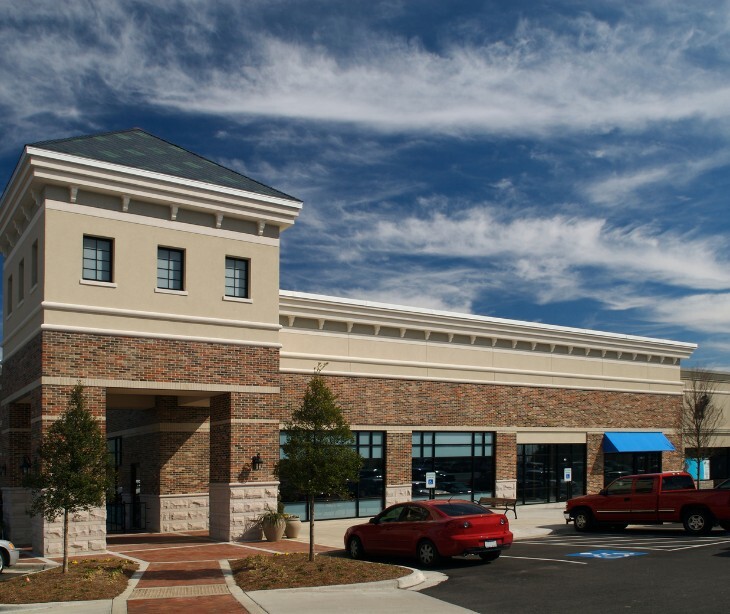2 min read
5 underserved health centers join forces to tackle AI challenges
Farah Amod
Jul 31, 2025 1:23:01 PM

A small network of FQHCs and one community hospital are testing practical AI tools while helping shape implementation guidance for similar under-resourced healthcare organizations.
What happened
Five under-resourced healthcare providers, four federally qualified health centers and one community hospital are collaborating through the Health AI Partnership (HAIP) to explore responsible and effective use of artificial intelligence in clinical and operational settings. With support from Duke University’s Institute for Health Innovation, these organizations are participating in a 12-month peer learning initiative called the Practice Network.
As part of the partnership, they’ve deployed AI tools including ambient scribes, “no-show” prediction algorithms, sepsis early warnings, and retinal scanning for diabetic retinopathy.
Going deeper
The participating organizations include North Country Healthcare (AZ), San Ysidro Health (CA), Health Center of Southeast Texas, Community-University Health Care Center (MN), and WakeMed Health (NC). Through the Practice Network, they meet regularly to troubleshoot implementation issues, exchange strategies, and access technical assistance from HAIP experts.
Core to the program is an eight-point decision framework supported by 31 best practice guides. These try to help participants make sound decisions as they integrate AI into care delivery, whether evaluating vendors, managing clinical workflow changes, or measuring return on investment.
While participants see AI’s promise for improving health equity, financial performance, and physician recruitment, they also face barriers. These include difficulty understanding vendor contracts, limited in-house technical knowledge, and infrastructure gaps that complicate deployment and monitoring.
What was said
HAIP leaders stated the necessity of direct peer learning and expert access. “When we convene these organizations to talk to the experts, they can actually address the knowledge gap,” said Suresh Balu, HAIP co-lead.
Alifia Hasan, HAIP’s program manager, noted that recruiting providers to underserved areas is increasingly tied to offering AI-supported tools like ambient scribes. Without such support, clinics may struggle to attract staff. Mark Sendak, HAIP co-lead, added that the program’s virtual “office hours” have proven particularly helpful in resolving real-time adoption issues.
The big picture
According to HealthITNews, HAIP is working with just five providers out of more than 1,600 community health centers nationwide. “It’s not just the number of organizations,” said Mark Sendak, HAIP co-lead. “There’s 1,600 community health centers, and we’re working with four of them.” The group hopes lessons from this small cohort will help close the AI support gap across the safety net.
FAQs
What is a federally qualified health center (FQHC)?
FQHCs are community-based healthcare providers that receive federal funding to serve medically underserved areas and populations, regardless of a patient's ability to pay.
What are ambient scribes and why are they used?
Ambient scribes are AI tools that transcribe clinical conversations in real-time, helping reduce administrative burden on clinicians and improving documentation quality.
How does the Health AI Partnership choose which AI tools to implement?
Tools are selected based on clinical priorities, organizational capacity, and relevance to underserved populations, with guidance from mentors and structured decision frameworks.
Why are rural and low-resourced providers often left out of AI innovation?
They face digital infrastructure limitations, staffing shortages, and fewer financial resources to invest in experimentation or long-term integration of advanced technologies.
What is the goal of scaling the Practice Network?
The partnership hopes to expand support to more providers nationwide by enabling other institutions to deliver similar technical assistance through a shared hub-and-spoke model.




